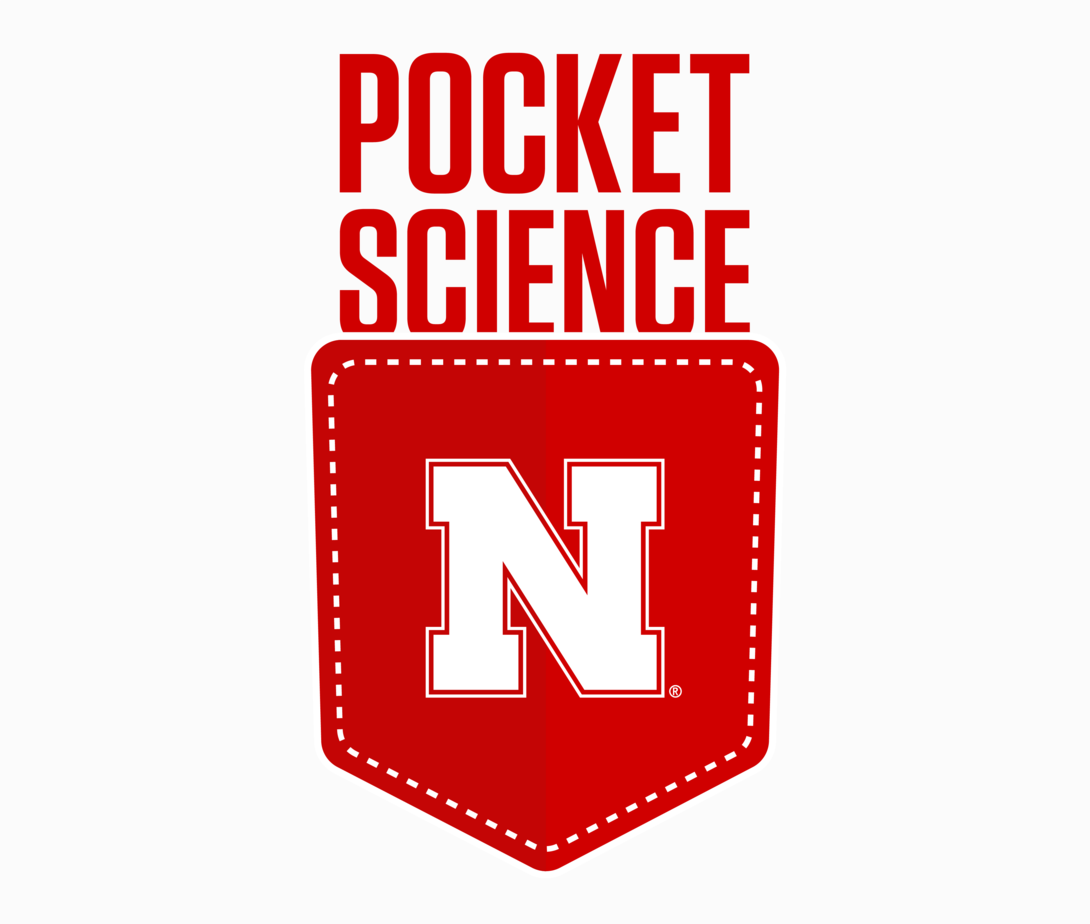
Welcome to Pocket Science: a glimpse at recent research from Husker scientists and engineers. For those who want to quickly learn the “What,” “So what” and “Now what” of Husker research.

What?
The principle of pool boiling — heating a surface submerged in standing liquid until that liquid boils — is used to transfer heat for many applications, from power generation to refrigeration to air conditioning.
Increasing the rate and efficiency of that heat transfer can improve the performance and reliability of systems that rely on pool boiling. One popular method? Engineering the surfaces of thermally conductive materials to increase their surface area, even down to the microscale or nanoscale.
So what?
To that end, Nebraska’s Jeff Shield, George Gogos, Craig Zuhlke and their graduate students are investigating the effects of pelting material surfaces with laser pulses that last just picoseconds. (One picosecond compares to a second as a second compares to 31,710 years.)
In a new study, the researchers fired 4-picosecond-long laser pulses at copper. They found that the pulses produced microscopic mounds on the copper’s surface, increasing its surface area. The diameter and density of those mounds depended on the number of pulses fired.
But the laser processing also coated the surface and subsurface of the copper with oxygen-containing compounds, or oxides, that curbed the material’s otherwise-improved heat transfer. So the team tried cleaning the laser-pelted copper with one of two acids, acetic or citric, finding that the citric better removed the oxides without deforming the mounds.
Crucially, the oxide removal itself improved heat transfer only when the number of laser pulses remained below a certain threshold. Above that threshold, the pulses created onion-like subsurface layers that alternated between copper and copper oxide. By eating away at those subsurface oxide layers, too, the citric acid left voids that reduced the material’s thermal conductivity.
Now what?
Continuing to experiment with combinations of laser-generated topographies and chemical treatments should further improve the heat transfer of copper and other materials used in pool boiling.







